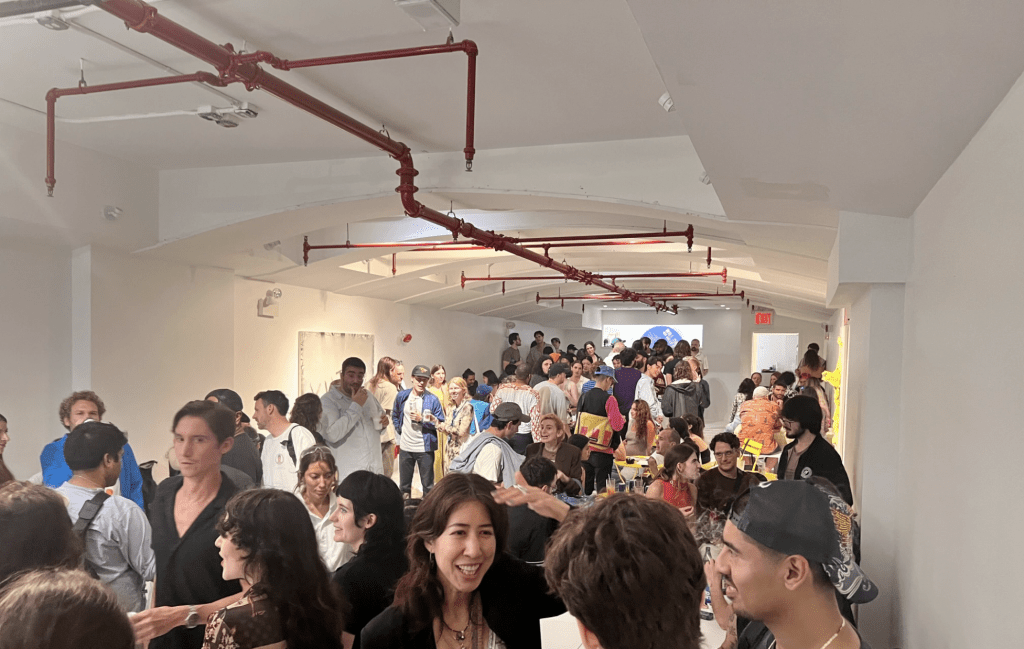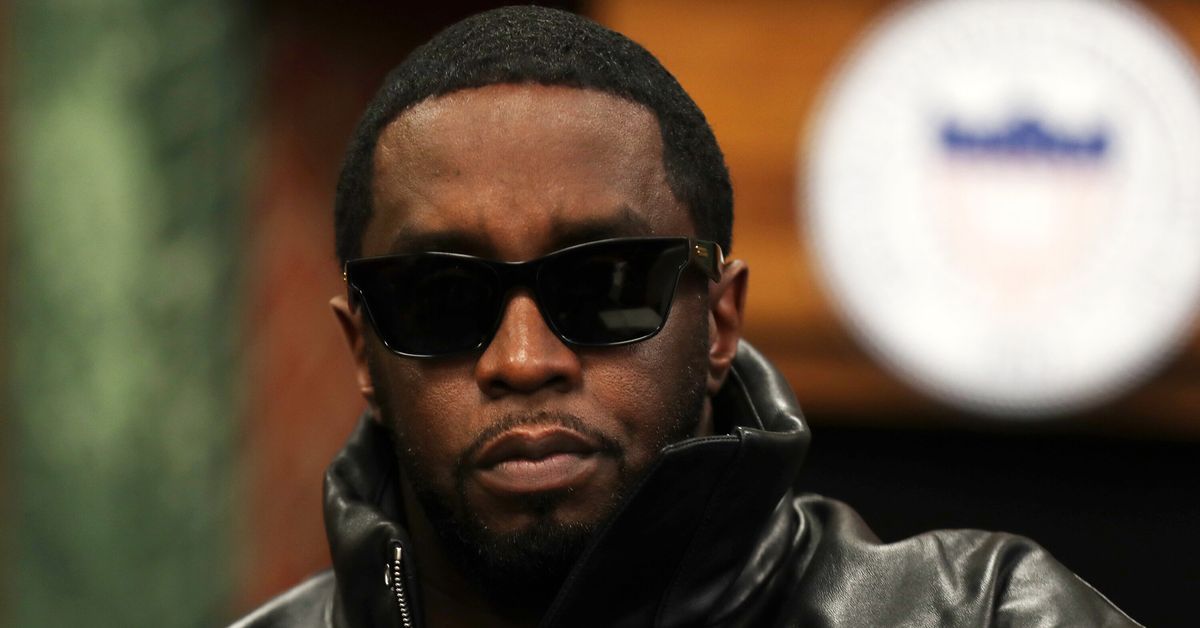Deezer and UMG announced a major (in both senses of the word) shake up of streaming music royalties. This is arguably the biggest streaming market development in years, as it will set the tone for market-wide change. There is no doubt that streaming royalties require a revamp. The system built for the music business of 20 years ago was always going to struggle to be fit for purpose in today’s business. There are some really positive elements to this proposal, but it can be even better. Indeed there is a risk that as it stands it will break as much as it fixes.
The problems with today’s streaming market are well known, but for the record, a few of the key ones are:
- Music listening is becoming commodified
- The volume and velocity of music released is excessive
- Cynical entities are able to game the royalty system
- Most artists do not earn enough
- Artists are building audiences rather than fanbases
- Artists struggle to cut through the clutter
The full list, of course, is far longer, but the selection shows how pervasive and structural the challenges are. Royalties are an important part of the fix, but nonetheless, just one part. The UMG / Deezer initiative addresses the top three in the list, but not the bottom three. And crucially, it rewards success at the expense of emerging artists.
Among a raft of elements, the UMG / Deezer initiative:
- Halves the royalty ‘weight’ of artists with less than 1,000 monthly streams and 500 unique monthly listeners, while doubling that of the rest
- Further ‘double boosts’ music that has been actively searched for by a user
The second item is a very welcome and long overdue move. Streaming has thrown together two old business models (retail and radio) and thrown them into one pot, pretending lean-back and lean-forward consumption are the same. They are not. This move will go a long way to disincentivising the commodification of consumption by rewarding active listening. If you get your listeners to pay attention, to look for you, then you are rewarded with higher royalties. So, top marks for this move.
The first item, though, is an entirely different issue and far less welcome. Why? Because it does a reverse-Robin Hood. It is redistribution of wealth in reverse, taking income from struggling, emerging artists and sharing it among those who have already found success.
Between 2000 and 2022, artists direct (i.e., artists without record labels) grew streaming revenue by 60% while the majors grew streaming revenue by just 35%. As of 2022, artists direct represented 8% of global streaming revenue. This fastest-growing part of the streaming market accounts for the majority of the long tail of artists with less than 1,000 streams. Crucially, the number of artists in this group grows at the same rate as their revenue, so most are unlikely to ever break the 1,000 streams threshold.
Which means that the fastest-growing and most dynamic part of the music business could become a permanent funding mechanism for the biggest labels and stars. The way funding programmes usually work in the wider world is that the better advantaged fund the less well advantaged, not the other way round. The idea of a teenage, aspiring bedroom producer having half their royalties taken to pay the likes of Taylor Swift feels like an odd reward for effort and creativity.
The 1,000-stream threshold is not actually a bad idea in itself. In fact, it could actually be used in a dramatically different way that would truly help rebalance the streaming economy.
Artists with less than 1,000 streams represent roughly 80% of all artists. Most generate less than $100 a year of streaming royalties. So, taking away the income from these emerging and long-tail artists may be morally questionable, but it is not going to exactly affect their ability to pay the rent.
Roughly speaking, the total income from these artists accounts for about 1% of all streaming royalties. Which means that the impact on big artists is going to be pretty small.
Sidenote: it is difficult to see how >1,000-stream artists will get an over ‘double weight’ without more money being put in the royalty pot or being taken from somewhere else. The “500 monthly listeners” might actually ensure the pool of the <1,000-streams cohort is actually much bigger. Many smaller artists have very engaged fanbases, who may listen to their latest release many times over. In this model, 300 fans listening to a new artist’s song five times per month (thus generating 1,500 streams) would still not get paid the double weight. But an artist who gets a song in random playlist and has 1,000 people listen just once each, would get the double weight. Hopefully this is an unintended flaw rather than design.
Back to reconfiguring the model. If we take 100% (rather than half) of the royalties of <1,000-stream artists and apply it to ONLY the next tier up of artists (those who earn between $100 and $1,000) then the impact is truly significant, representing an increase of almost a third to these artists, rather than the 1% across all >1,000-stream artists. These are artists who are making the step up, beginning to get real traction, and need all the support they can get to kick on to the next level. The extra income would make a big difference to them. Supporting the next generation of artists is something that can truly be called ‘artist centric’.
Record labels are in the business of finding, nurturing, and investing in new talent. It is the single most important role the music business plays. A streaming royalty mechanism that takes from 80% of artists to redistribute to 20% does not feel very “artist centric”. But shift the equation slightly, and push all of the royalties of the <1,000-streams cohort to the next tier up, and then we have a truly artist-centric solution. One that invests in tomorrow’s stars. Who in the music business wouldn’t what to invest in tomorrow’s artists?



